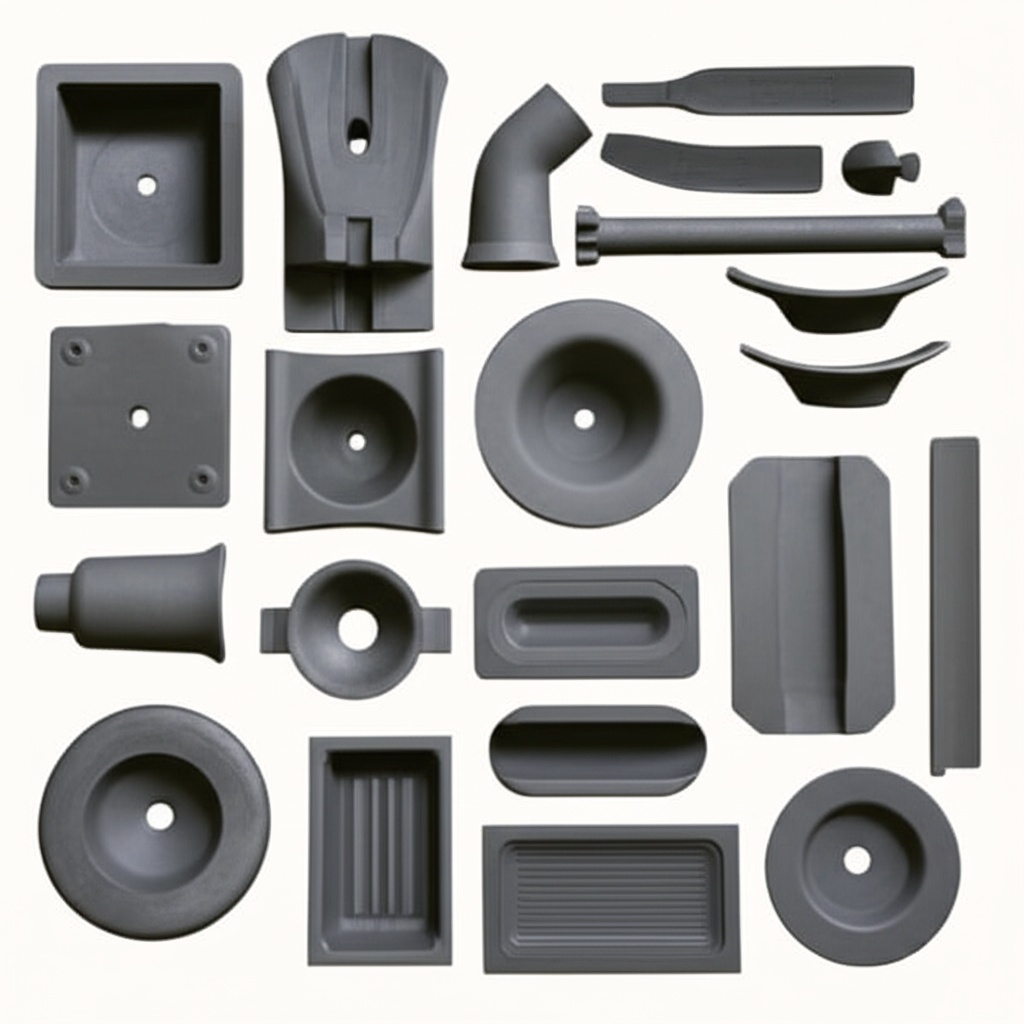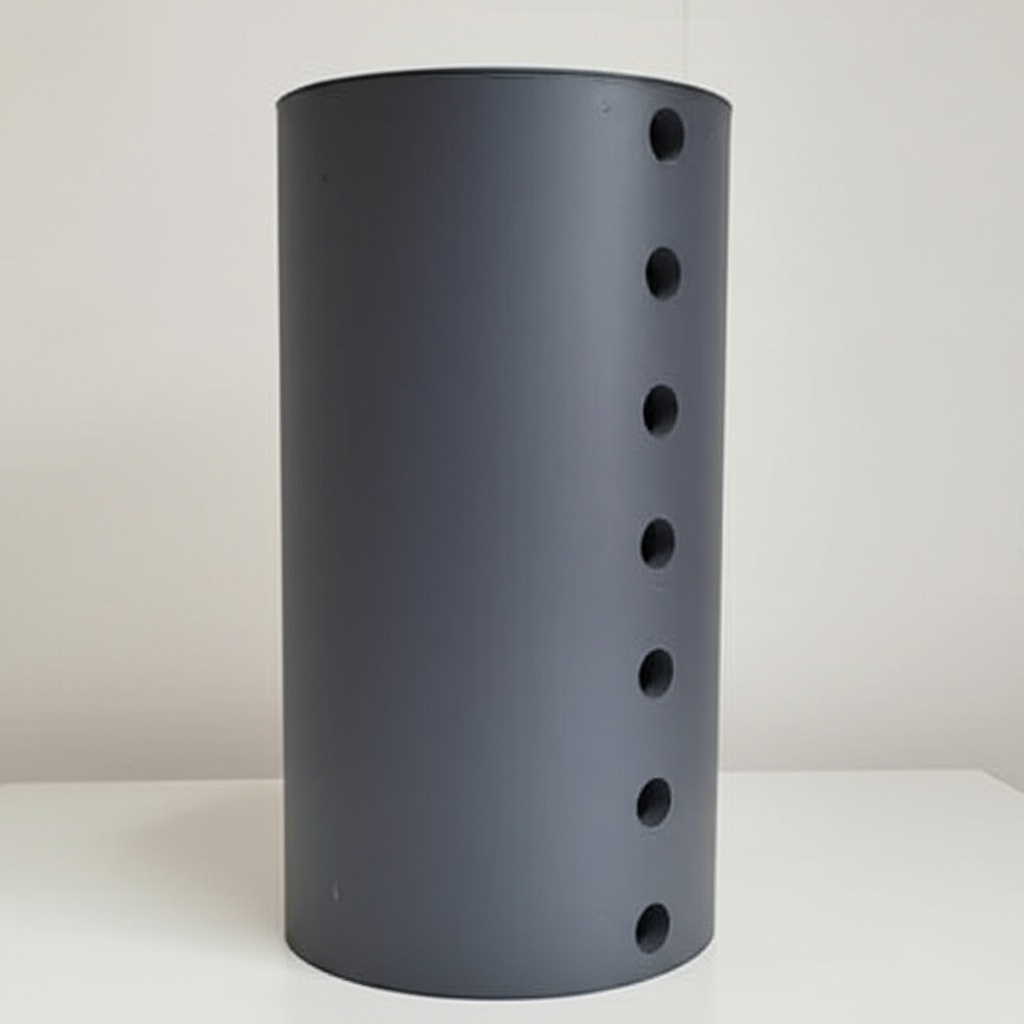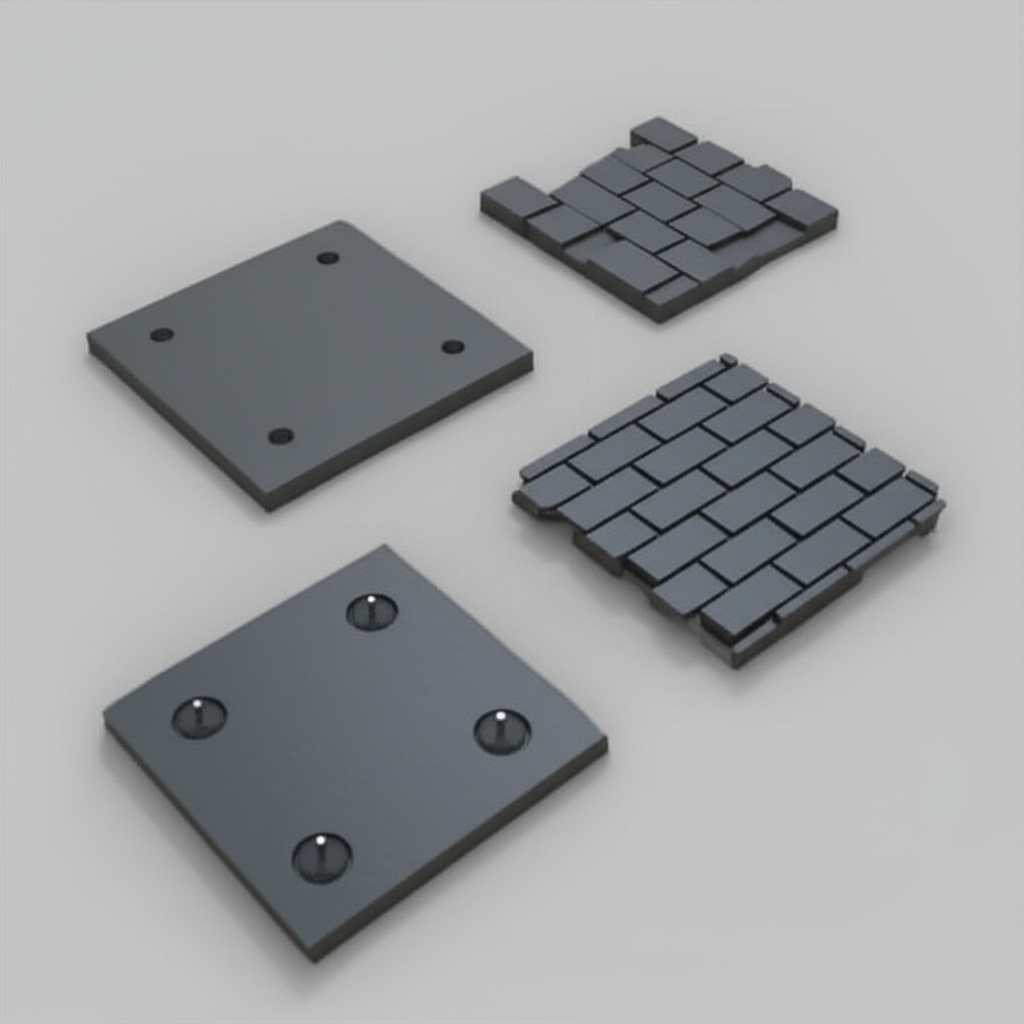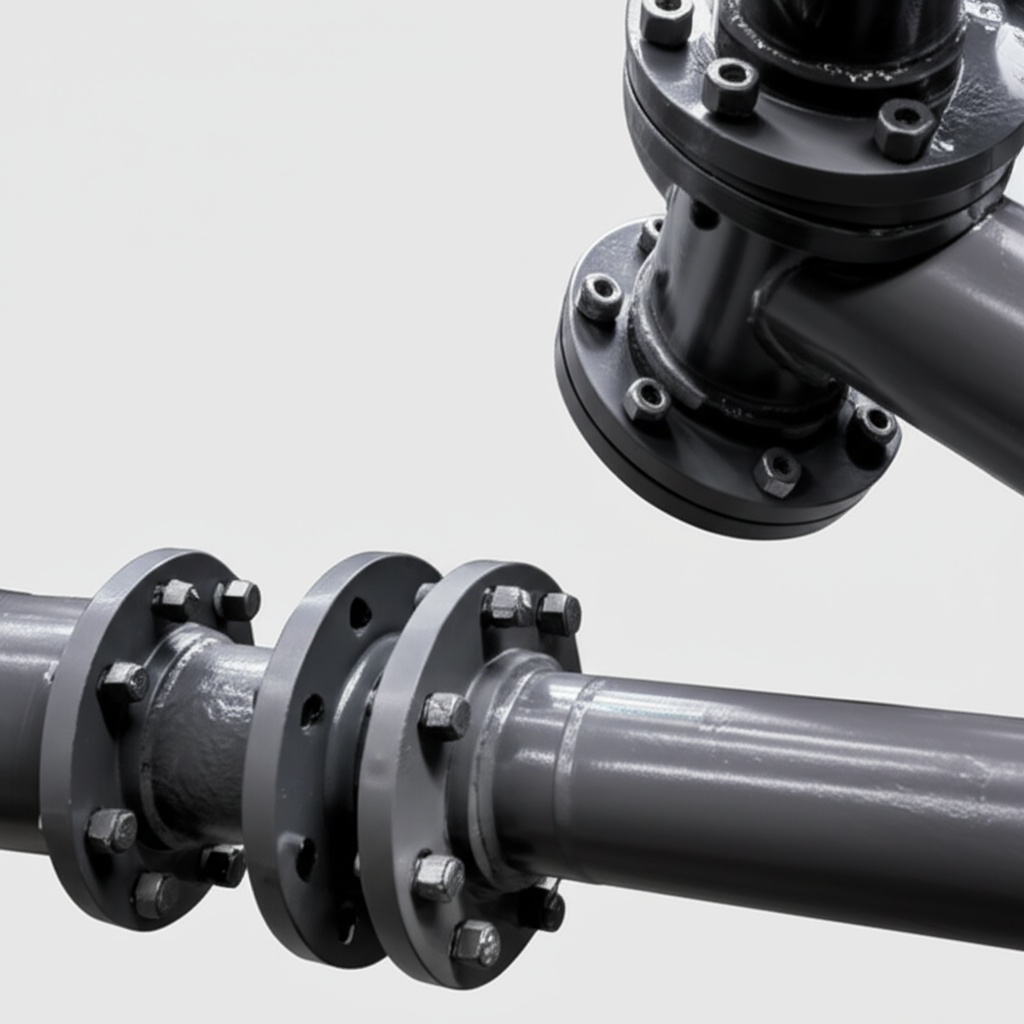SiC 전력 소자 패키징을 위한 전용 소결 장비: Ag 소결, 압력 보조 본딩 및 보이드 제어

공유
제품 개요 및 2025년 시장 관련성
탄화규소(SiC) 전력 장치 패키징을 위해 특별히 제작된 전용 소결 장비는 고급 보이드 제어를 통해 은(Ag) 소결 및 압력 보조 공정을 사용하여 고신뢰성 다이 부착 및 기판 접합을 가능하게 합니다. 파키스탄의 섬유, 시멘트 및 강철 주변 온도가 45°C를 초과하고 전기실에 먼지가 많은 부문에서 패키징 견고성은 장치 선택만큼 중요합니다. Ag 소결은 열 사이클링, 전력 사이클링 및 장기 안정성에서 솔더보다 성능이 뛰어난 고열 전도성, 고융점 금속 접합을 생성하여 인버터 효율 ≥98.5%, 전력 밀도 최대 2배 증가, MTBF 목표 200,000시간을 직접 지원합니다.
2025년에는 중전압(11–33kV) PV 상호 연결 및 중장비 드라이브가 남부 지역의 산업 단지로 확장되고 있습니다. 현지 제조 및 기술 도입 정책은 국내 패키징, 모듈 조립 및 장비 투자를 위한 문을 열고 있습니다. 프로그래밍 가능한 압력, 온도 및 분위기 프로파일을 갖춘 소결 플랫폼을 통해 파키스탄 OEM, EMS 제공업체 및 합작 파트너는 열 저항이 낮고 초기 고장이 적으며 열과 먼지에서 현장 신뢰성이 향상된 SiC 모듈을 생산할 수 있습니다.

기술 사양 및 고급 기능
- 공정 기능:
- 온도 범위: 150–300°C(프로그래밍 가능한 다중 구역 균일성 ±2°C)
- 압력 범위: 1–40MPa(폐쇄 루프 제어, <±2% 오차)
- 분위기 제어: 진공 ≤1mbar; 잔류 O2 모니터링을 통한 N2/Ar 퍼지
- 시간 프로파일: 예열, 탈기, 램프, 체류 및 제어된 냉각
- 지원되는 재료:
- 다이 부착 및 DBC-to-베이스플레이트 접합용 Ag 소결 페이스트 및 호일
- Cu, Ag, Ni 금속화; Si3N4 및 AlN DBC 기판과의 호환성
- 보이드 제어 및 모니터링:
- 기공률 추세 감지를 위한 현장 초음파/음향 임피던스 확인
- 후처리 X선 및 SAM(주사 음향 현미경) 통합 워크플로
- 처리량 및 반복성:
- SPC 데이터 로깅을 사용한 레시피 기반 배치 또는 반연속 작동
- 다중 패널 및 균일한 하중 분포를 위한 고정 시스템
- 품질 및 추적성:
- 전체 MES 연결, 바코드/RFID 추적 및 전자 배치 기록
- 온도, 압력 및 분위기 경보에 대한 공정 인터록
- 안전 및 신뢰성:
- 인터록 도어, E-Stop, 과온도 및 과압 보호 장치
- 사이클 수 및 센서 드리프트 기반의 예방 유지보수 알림
설명 비교: SiC 패키징용 Ag 소결 vs 고온 솔더
| 기준 | 압력 보조 본딩을 이용한 Ag 소결 | 고온 솔더 부착 |
|---|---|---|
| 접합부의 열 전도율 | 높음(낮은 Rth 및 더 시원한 접합부 가능) | 보통(더 높은 Rth) |
| 용융/연화 거동 | 금속 결합; 작동 중 연화 없음 | 정의된 용융; 고온에서 크리프 위험 |
| 전력 사이클링 견고성 | 우수; 균열/박리 감소 | 낮음; 솔더 피로 일반적 |
| 작동 온도 | +175°C 접합부 이상에서 안정적 | 고온 접합부에서 한계적 |
| 공극 함량 | 공정 조정을 통해 매우 낮은 수준으로 제어 가능 | 일반적으로 더 높음; 공극 지속 |
| 현장 신뢰성(먼지/열) | 높은 탄력성; 200,000시간에 가까운 더 긴 MTBF | 가혹한 환경에서 수명 단축 |
주요 장점 및 입증된 이점(전문가 인용문 포함)
- 낮은 열 저항: Ag 소결 접합부는 열을 효율적으로 전도하여 방열판 부피를 약 40% 줄여 소형 냉각을 지원합니다.
- 사이클링 시 더 높은 신뢰성: 압력 보조 소결은 계면 균열을 완화하여 강철 및 시멘트 드라이브의 일반적인 빈번한 부하 과도 상태에서 긴 수명을 유지합니다.
- 상승된 온도 안정성: +175°C 접합부까지 기계적 무결성을 유지하며, 파키스탄 남부의 주변 열에 중요합니다.
- 공극 제어: 고급 프로파일 및 현장 모니터링은 낮은 공극 분율을 달성하여 일관된 성능과 수율을 보장합니다.
전문가의 관점:
"은 소결은 차세대 SiC 전력 모듈의 초석으로, 높은 열 전도율과 가혹한 사이클링 조건에서 뛰어난 열-기계적 신뢰성을 결합합니다." — IEEE 전력 전자 패키징 인사이트(ieee.org)
실제 응용 분야 및 측정 가능한 성공 사례
- 중전압 PV 인버터 모듈: 솔더 부착에서 Ag 소결로 전환하면 접합부-케이스 열 저항이 15–25% 감소하여 인버터 효율이 98.5% 이상으로 향상되고 냉각 부피가 30–40% 감소합니다.
- 시멘트 가마 팬 드라이브: 압력 보조 소결로 패키징된 모듈은 먼지가 많고 부하가 높은 사이클에서 안정적인 열 성능을 유지하여 계획되지 않은 정지를 줄이고 서비스 간격을 연장했습니다.
- 섬유 VFD: 소결 다이 부착은 여름철에 열 마진을 개선하여 열 감속 이벤트를 줄이고 고속 라인에서 생산성을 유지했습니다.
선택 및 유지 관리 고려 사항
- 공정 레시피 선택: 페이스트/포일 공급업체 사양 및 금속화 스택에 맞게 온도 및 압력 램프를 조정합니다. 일관된 다공성 제어를 위해 탈기 단계를 검증합니다.
- 고정 장치 설계: 평탄도 제어, 유연한 고정 장치를 사용하여 멀티업 패널 및 다양한 모듈 형상에서 균일한 압력을 보장합니다.
- 분위기 관리: 산화를 방지하기 위해 낮은 산소 수준을 유지합니다. 반복 가능한 결합을 위해 진공 무결성 및 퍼지 타이밍을 검증합니다.
- 검사 전략: 통계적으로 유의미한 샘플에 대해 현장 음향 검사와 공정 후 X-ray/SAM을 결합합니다. SPC 데이터를 지속적인 개선에 활용합니다.
- 유지보수: 온도 및 압력 센서를 주기적으로 보정합니다. 공정 능력을 유지하기 위해 씰, 플래튼 및 정렬 기능을 검사합니다.
산업 성공 요인 및 고객 사용후기
- 지역화된 공정 능력: 파키스탄에 소결 능력을 배치하면 모듈 수리 또는 확장 프로젝트에 대한 수입 의존도와 리드 타임을 줄일 수 있습니다.
- 통합 교육: 레시피 제어, 고정 장치 및 NDT에 대해 교육을 받은 공정 엔지니어 및 작업자는 더 빠른 수율 램프와 안정적인 출력을 달성합니다.
고객 피드백:
"압력 보조 Ag 소결을 채택한 후 모듈 핫스팟 온도가 떨어지고 열 사이클링 고장이 사라졌습니다. 과열 없이 스위칭 주파수를 자신 있게 높였습니다." — 지역 인버터 OEM 제조 이사
미래 혁신 및 시장 동향
- 확장 가능한 SiC 모듈 생산을 위한 다중 스테이션 아키텍처를 갖춘 더 높은 처리량 프레스
- 초음파 시그니처에 대한 머신 러닝을 사용하여 실시간 다공성 추론
- 높은 전도율을 유지하면서 저온 소결을 위한 새로운 Ag 복합 페이스트
- 파키스탄의 MV 인버터 시장 확장을 지원하는 DBC 기판, 베이스 플레이트 및 NDT 서비스의 지역 생태계 성장
일반적인 질문 및 전문가 답변
- SiC 모듈에서 Ag 소결에 대한 일반적인 압력 및 온도 범위는 무엇입니까?
일반적인 범위는 10–30 MPa 및 200–250°C이며, 정확한 값은 페이스트/포일 화학 및 금속화 스택에 따라 다릅니다. - 파키스탄의 뜨겁고 먼지가 많은 환경에서 소결이 솔더에 비해 신뢰성을 어떻게 향상시킵니까?
Ag 소결 접합부는 고온에서 크리프 및 피로에 저항하여 낮은 열 저항을 유지하고 열/전력 사이클링 시 박리를 방지합니다. - 장비가 다이 부착과 DBC-베이스 플레이트 결합을 모두 지원할 수 있습니까?
예, 적절한 고정 장치와 레시피를 사용하면 동일한 플랫폼에서 두 레이어를 모두 처리하여 라인 유연성을 향상시킬 수 있습니다. - 공극 함량은 어떻게 제어하고 측정합니까?
탈기 단계, 압력 램프 프로파일 및 분위기 제어는 공극을 줄입니다. 현장 음향 검사 및 공정 후 X-ray/SAM은 다공성 수준을 확인합니다. - 시스템 수준 성능에 대한 예상 영향은 무엇입니까?
낮은 Rth 및 향상된 사이클링 탄력성은 더 높은 스위칭 주파수, 더 작은 냉각을 가능하게 하고 200,000시간의 MTBF 목표에 기여합니다.
이 솔루션
Ag 소결 및 압력 보조 본딩은 파키스탄의 운영 현실(높은 주변 온도, 먼지 및 빈번한 사이클링)을 직접적으로 해결하여 접합부를 더 시원하게 유지하고 모듈을 신뢰할 수 있게 하는 견고하고 낮은 공극 열 인터페이스를 생성합니다. 그 결과는 다음과 같습니다. 더 높은 인버터 및 드라이브 효율, 더 작은 냉각 하드웨어 및 유지보수 개입 감소로 11–33kV 상호 연결 및 까다로운 산업 라인에서 자신 있게 배포할 수 있습니다.
맞춤형 솔루션을 위해 전문가와 연결
다음을 제공하는 파트너와 함께 패키징 능력을 가속화하십시오.
- 10년 이상의 탄화규소 제조 전문 지식 및 패키징 노하우
- 신속한 공정 최적화를 위한 선도적인 연구 생태계 내에서 지원되는 혁신
- R-SiC, SSiC, RBSiC 및 SiSiC 재료 시스템 및 기판 전반의 맞춤형 개발
- 타당성 및 레이아웃에서 시운전에 이르기까지 기술 이전 및 공장 설립 서비스
- 재료 및 장치에서 장비, 자격 및 램프업에 이르는 턴키 솔루션
- 측정 가능한 ROI를 제공하는 19개 이상의 엔터프라이즈 참여에서 입증된 결과
무료 컨설팅 및 맞춤형 소결 공정 제안을 요청하십시오.
- 이메일: [email protected]
- 전화/왓츠앱: +86 133 6536 0038
문서 메타데이터
최종 업데이트: 2025-09-10
다음 예정 업데이트: 2026-01-15

About the Author: Sicarb Tech
We provide clear and reliable insights into silicon carbide materials, component manufacturing, application technologies, and global market trends. Our content reflects industry expertise, practical experience, and a commitment to helping readers understand the evolving SiC landscape.




